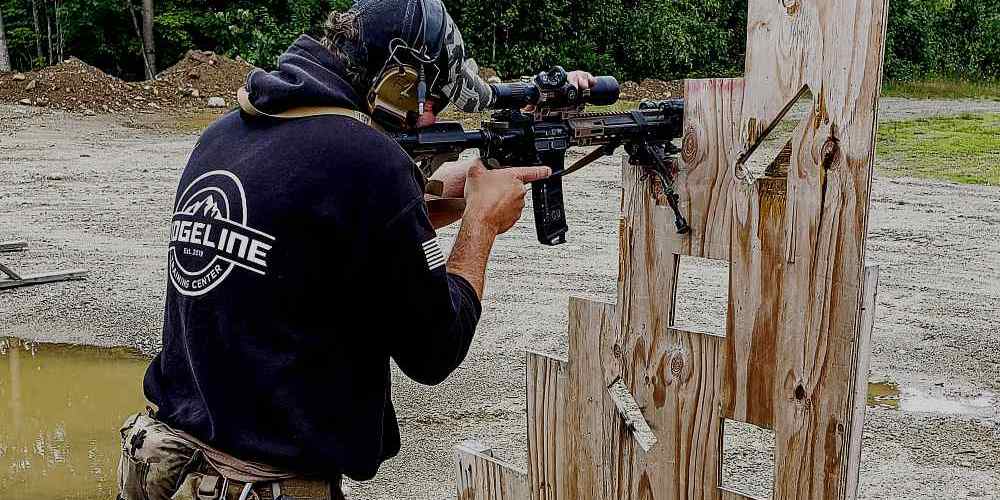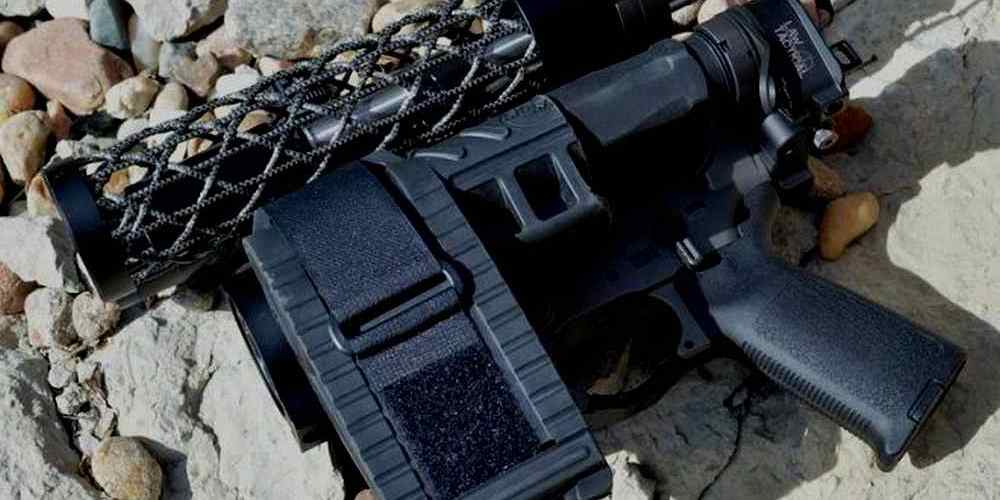The Role of the AR-15 in Home Defense
When it comes to home defense, choosing the right firearm is crucial. One popular option that has sparked debates and controversies is the AR-15. In this article, we will explore the role of the AR-15 in home defense, its benefits, drawbacks, and how it compares to other firearms commonly used for this purpose.
Understanding the AR-15
The AR-15 is a lightweight, magazine-fed, gas-operated, air-cooled, semi-automatic rifle that has been widely used in civilian and military settings. Originally designed by Armalite in the 1950s, the AR-15 has become one of the most popular firearms in the United States.
- Caliber: The standard caliber for an AR-15 is .223/5.56mm, although variants can also be chambered in other calibers such as .300 Blackout or 6.8 SPC.
- Capacity: Typically, an AR-15 magazine holds between 20 to 30 rounds of ammunition.
- Modularity: The AR-15 platform is highly customizable with a wide range of accessories and parts available to suit individual preferences.
Benefits of Using an AR-15 for Home Defense
There are several reasons why the AR-15 is considered a suitable option for home defense:
- Accuracy: The AR-15’s design allows for precise shooting at both short and long ranges, making it effective in home defense situations where accuracy is paramount.
- Low Recoil: Compared to larger caliber rifles or shotguns, the AR-15 has minimal recoil, allowing for faster follow-up shots and better control during high-stress situations.
- Customization: With a vast array of aftermarket parts and accessories available, users can tailor their AR-15 to fit their specific needs and preferences.
Drawbacks of Using an AR-15 for Home Defense
While the AR-15 offers several advantages, there are also some drawbacks to consider:
- Overpenetration: The high velocity of .223/5.56mm rounds used in an AR-15 can lead to overpenetration through walls and other barriers, posing a risk to bystanders.
- Size: The length of an AR-15 rifle can be cumbersome in tight spaces such as hallways or rooms, potentially hindering maneuverability during a home defense scenario.
- Perception: The use of an AR-15 for home defense may attract unwanted attention or scrutiny due to its association with military-style firearms.
Comparison with Other Firearms
When considering a firearm for home defense, it’s essential to weigh the pros and cons of different options. Here’s how the AR-15 compares to two other popular choices: handguns and shotguns.
Handguns
Handguns are compact and easy to maneuver in close quarters, making them a popular choice for home defense. However, they typically have less stopping power and accuracy compared to rifles like the AR-15.
Shotguns
Shotguns are known for their stopping power and versatility with various types of ammunition available. However, shotguns have significant recoil and limited capacity compared to an AR-15.
The Legal Aspect
In many states in the US, owning an AR-15 for home defense is legal as long as you comply with state laws regarding firearm ownership and use. It’s crucial to familiarize yourself with local regulations and ensure proper storage and handling of your firearm.
In Conclusion
The decision to use an AR-15 for home defense ultimately depends on your personal preferences, training level, and understanding of firearm safety. While the AR-15 offers several benefits such as accuracy and low recoil, it also comes with drawbacks like overpenetration and size limitations.

By weighing these factors against other firearm options like handguns or shotguns, you can make an informed decision on whether the AR-15 is the right choice for your home defense needs.



